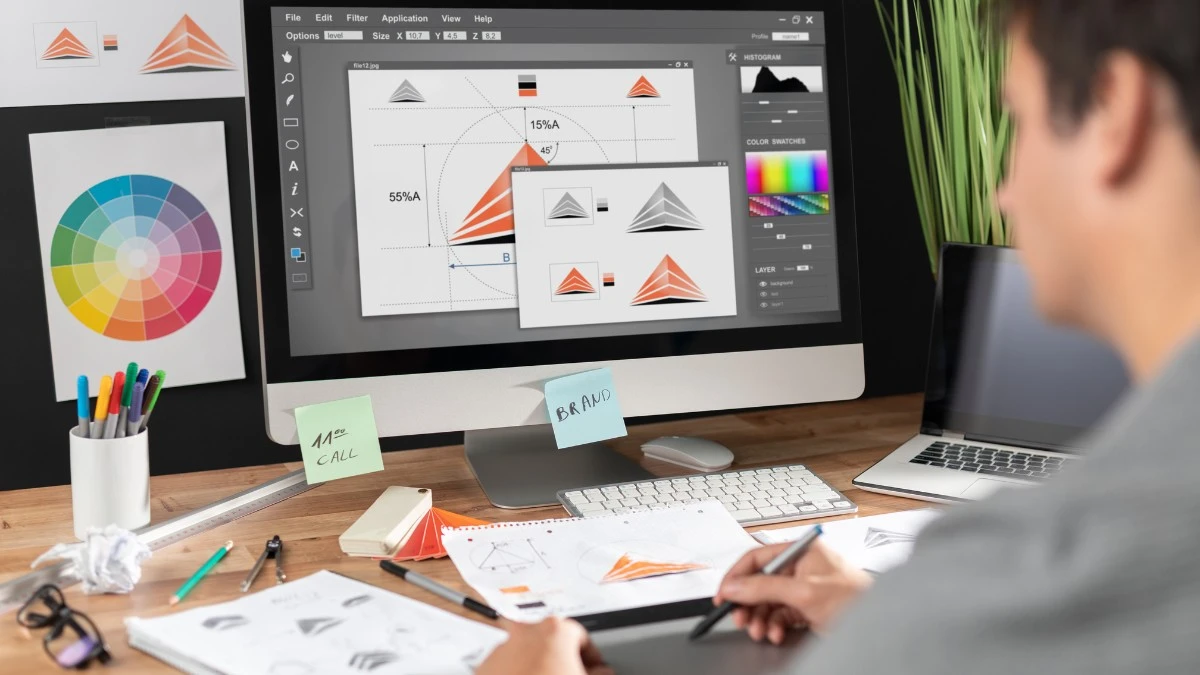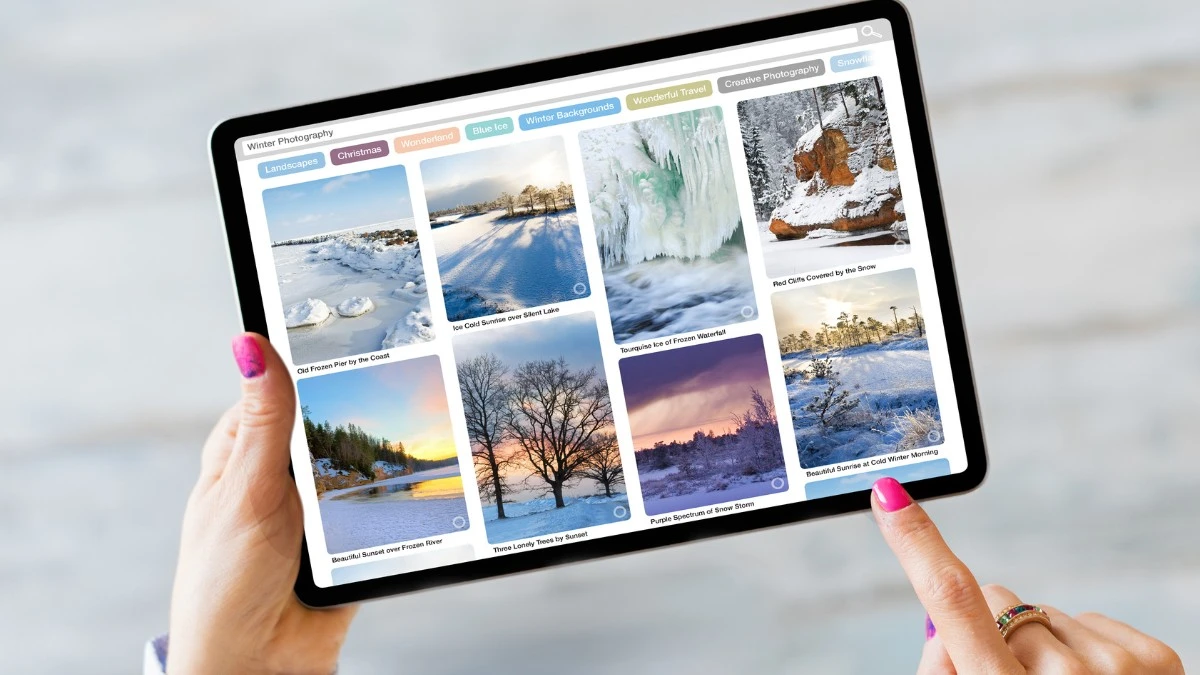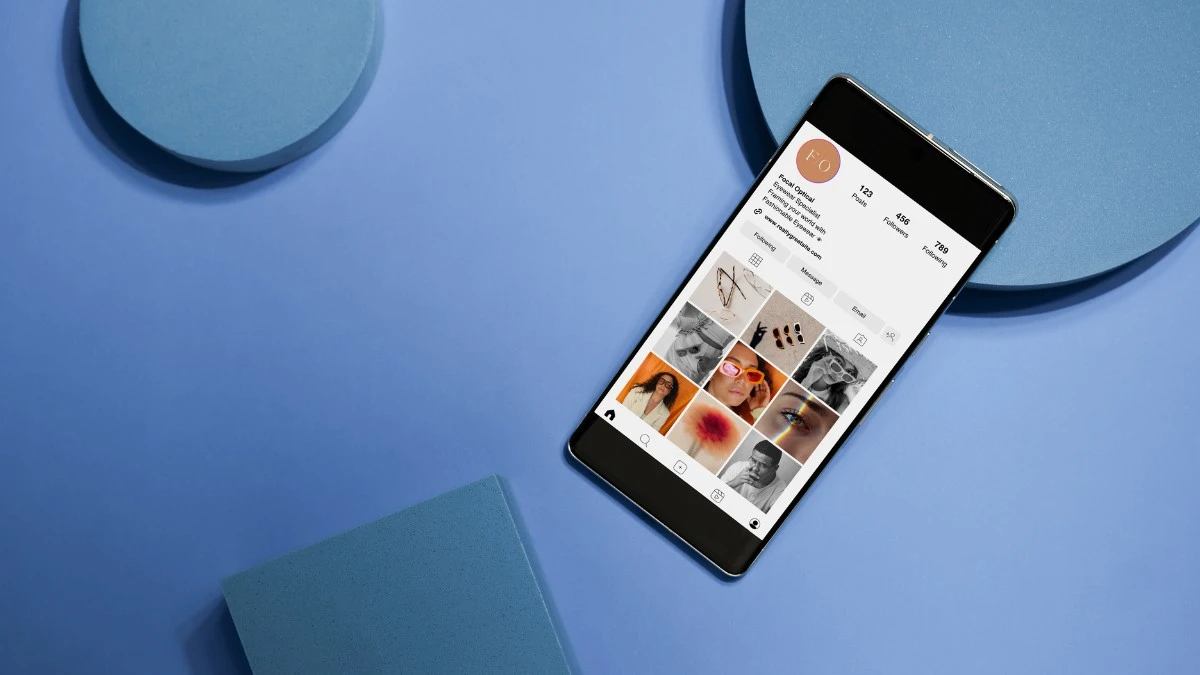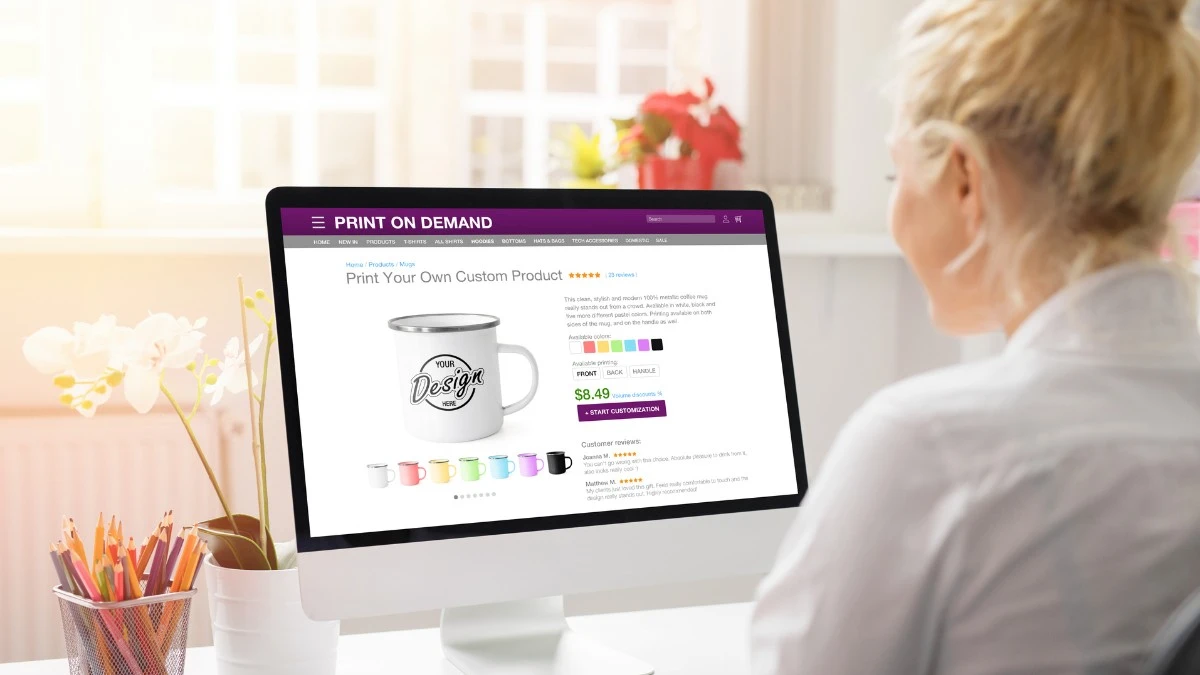From sitting broke in my room to making my first $127 online. That moment changed everything. No fancy degrees or connections are needed.
I have ChatGPT, Canva, and me on my laptop. I started with zero design skills and basic English. The funny part? My first sale came from a Pinterest template I made while watching Netflix.
Now I help others skip the confusion and start earning faster. I spent 3 months testing different methods until I found what truly works. This isn’t about getting rich quick. It’s about starting small and building up.
I’ll show you the steps I took, including the mistakes that cost me time and money. Ready to learn the methods that worked for me?

1. Social Media Template Creation

Creating and selling social media templates has become profitable, particularly for Pinterest pins and Instagram posts. A successful approach starts with market research to identify trending design styles and color schemes across different niches. Look for patterns that perform well within categories like food, fashion, personal development, or business.
The process begins by using ChatGPT to generate multiple variations of engaging copy and calls to action that work well on social platforms. For Pinterest, focus on solving specific problems or addressing clear pain points in your titles, as these tend to get more saves and clicks. With the copy ready, move to Canva to create a cohesive template pack. Start with a master template using your chosen color palette and font combinations, then create variations to maintain consistent branding. A typical template pack should include 15 to 20 designs with different layouts but similar visual elements.
The technical setup involves creating templates in the correct dimensions (1000 x 1500 px for Pinterest, 1080 x 1080 px for Instagram). Export your templates in both PNG and editable Canva format. Set up an Etsy shop with clear listing photos showing template variations and detailed instructions for buyers. Price your template packs between $5 and $30 based on the number of templates and complexity. According to recent Etsy marketplace data, social media template sellers in the top 10% earn an average of $800 to $1,200 monthly.
2. Resume Writing Service

The resume writing business combines content creation and design skills to help job seekers stand out. Start by learning ATS (Applicant Tracking System) optimization techniques. Use ChatGPT to generate achievement-focused bullet points that incorporate relevant keywords from job descriptions. The key is customizing each resume for specific industries while maintaining professional standards.
Your workflow should start with a client questionnaire to gather work history and achievements. Feed this information to ChatGPT with prompts that focus on quantifiable results and action verbs. Create a system of industry-specific prompts that you can reuse and refine. In Canva, develop a collection of 5 to 7 base resume templates that work well with ATS systems. Keep the designs clean with a clear hierarchy and easy-to-scan sections. A good strategy is to create variations for different career levels from entry-level to executive.
The technical process involves setting up your resume templates in Canva using A4 size (210 x 297 mm), maintaining proper margins (0.5 to 1 inch), and using ATS-friendly fonts like Calibri or Arial. Structure your service with different packages basic (resume only), standard (resume + cover letter), and premium (resume + cover letter + LinkedIn optimization). Consider offering revision rounds and delivering files in both PDF and editable formats.
3. Digital Product Design

Digital product design has become a scalable income stream with strong passive earning potential. Begin by identifying gaps in the market through keyword research and analyzing bestsellers in your chosen niche. Common products include meal planners, budget trackers, habit trackers, and business planners. Use ChatGPT to outline comprehensive product structures and generate supporting content like instructions and prompts.
The creation process involves systematic planning. Start with a content outline generated by ChatGPT, breaking down each component of your digital product. For a planner, this might include monthly overviews, weekly spreads, habit trackers, and reflection pages. Design these elements in Canva, maintaining consistent branding and user-friendly layouts. Create multiple color schemes of the same product to appeal to different preferences. Include interactive elements like clickable navigation and form fields to add value.
4. Blog Post Graphics

Blog post graphics creation requires understanding both design principles and content marketing strategies. The process starts with analyzing trending visual styles across different blog niches. Create a system where you can quickly generate multiple variations of featured images that maintain brand consistency while being unique enough to stand out in search results and social shares.
Use ChatGPT to generate headline variations and overlay text that incorporates SEO keywords naturally. The graphics should complement rather than compete with the blog content. In Canva, create master templates with consistent elements like logo placement, font hierarchy, and color schemes. A smart approach is to develop templates for different content types news, how-to posts, listicles, and case studies. Build your templates using standard blog feature image dimensions (1200 x 630 px for most platforms).
Your deliverable package should include variations for different platforms. Create derivatives of each featured image sized correctly for Facebook (1200 x 630 px), Twitter (1200 x 675 px), and Pinterest (1000 x 1500 px). This maximizes value for clients and justifies higher pricing. Package your service with clear guidelines on brand voice integration and visual hierarchy principles for text overlay placement.
5. Small Business Branding Packages

Small business branding starts with understanding your client’s brand identity and target audience. Build a systematic approach using ChatGPT to create comprehensive brand voice guidelines. Generate different variations of brand messaging, taglines, and social media content themes that match the business personality. This written content becomes the foundation for visual design decisions.
The technical process starts with creating a brand board in Canva. Set up a fixed color palette with hex codes, choose 2-3 complementary fonts, and establish consistent design elements like shapes, icons, or patterns. Create templates in multiple formats: social media posts (1080 x 1080 px for Instagram, 1200 x 628 px for Facebook), business cards (3.5 x 2 inches), letterheads (8.5 x 11 inches), and email signatures (600 px wide). Develop a simple brand guidelines PDF that clients can reference.
Package your service with different tiers. A basic package might include a logo, business card, and social media templates. Premium packages can add email templates, presentation decks, and custom icons. Set up a client onboarding form that gathers critical business information like target audience, competitors, and brand preferences. This data feeds into ChatGPT to generate initial brand voice options.
RELATED:
21 Lucrative AI-Powered Side Hustles for Over 50 To Make $20k Monthly, Plus Tips for Retirees
6. Online Course Materials

Creating online course materials requires a structured approach to educational content design. Begin with ChatGPT to outline course modules and learning objectives. Generate engaging section titles, module summaries, and student action items. This content framework guides the visual design process in Canva. Create a course workbook template that includes space for notes, reflection questions, and practical exercises.
The technical aspects involve setting up proper document structures. Design slides in 16:9 format (1920 x 1080 px) for modern presentation platforms. Create workbooks in standard A4 or letter size with proper margins for printing. Set up master slides with consistent elements like module numbers, progress indicators, and space for instructor notes. Design certificates with standard dimensions (8.5 x 11 inches) that include placeholders for student names and course completion dates.
Structure your pricing based on the course length and materials needed. A 30-day course might need 30 slides, a 50-page workbook, worksheets, and a certificate. Include source files and instruction guides for course creators to easily update content. For course promotion, consider offering additional services like quiz design and social media graphics.
7. Print-on-Demand Products

Print-on-demand requires understanding both design trends and market demand. Use ChatGPT to generate niche-specific phrases, quotes, and design concepts that resonate with target audiences. Research trending topics and phrases within specific niches like pet lovers, fitness enthusiasts, or professional groups. Create design collections around these themes.
The technical requirements vary by product and platform. For t-shirts, design files should be 4500 x 5400 px at 300 DPI. Mugs typically need 3500 x 1500 px wraparound designs. Use the Canvas transparent PNG export option for designs that need clean backgrounds. Create mockups showing your designs on different colored products and in various real-world settings.
Set up your design files with proper color modes (RGB for digital products, CMYK for print). Test your designs at different sizes to ensure text remains readable. Consider creating bundles of related designs that can be used across multiple products. Track which designs perform best and develop variations on successful themes. Research seasonal trends and prepare designs months in advance for the holiday season.
Each method requires consistent testing and refinement of your process. Start with one method, perfect your workflow, and then expand to others as you build confidence and a client base.
Tired of 9-5 Grind? This Program Could Be Turning Point For Your Financial FREEDOM.

This AI side hustle is specially curated for part-time hustlers and full-time entrepreneurs – you literally need PINTEREST + Canva + ChatGPT to make an extra $5K to $10K monthly with 4-6 hours of weekly work. It’s the most powerful system that’s working right now. This program comes with 3-months of 1:1 Support so there is almost 0.034% chances of failure! START YOUR JOURNEY NOW!

